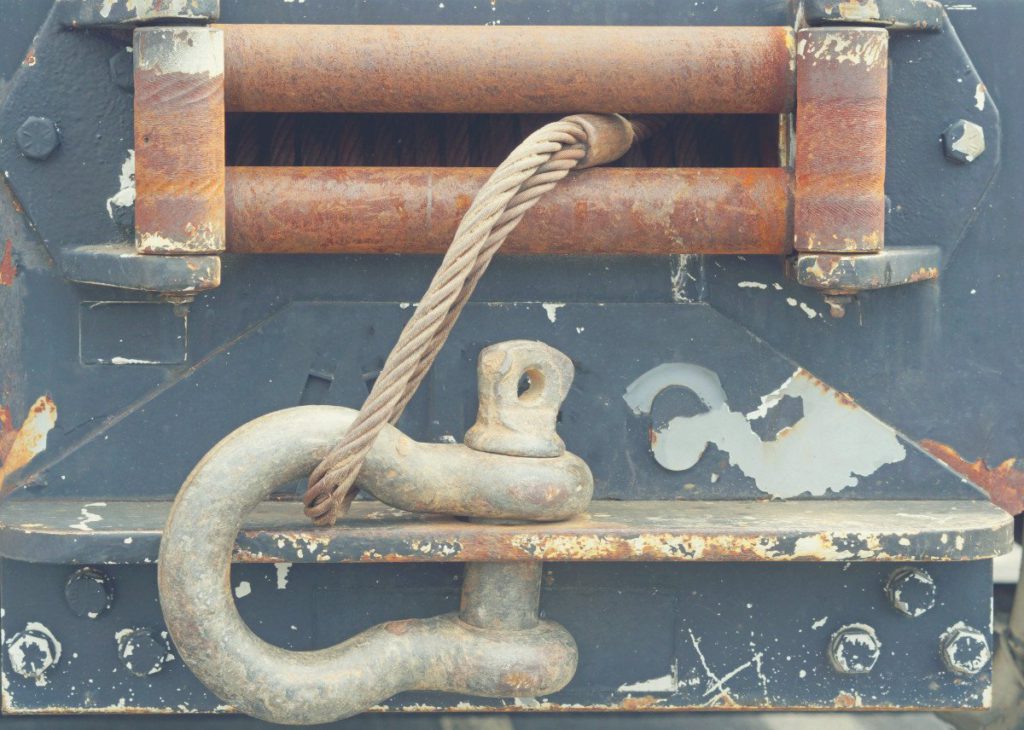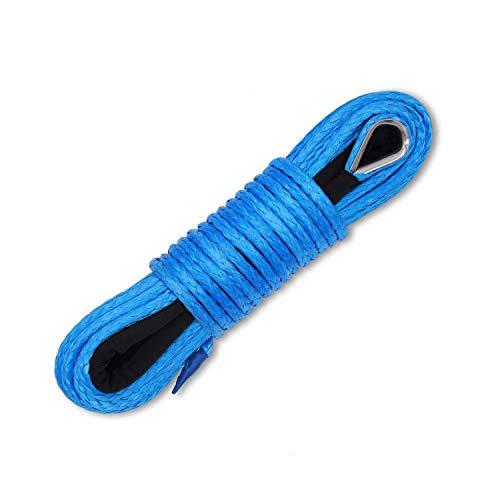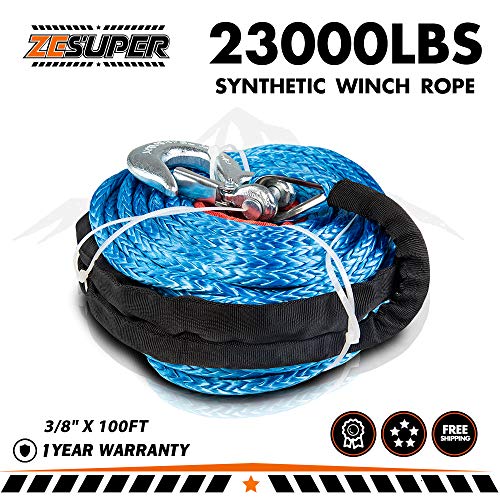I used to have a friend who lived to ride her Jeep 4X4 off-road. The uglier the spot, the more fun she thought it was.
She dragged me along once swearing I would love it. I admit it was fun until we got caught in a bog. We had to wait for someone to haul us out after our pathetic excuse of a rope broke.
This is where I discovered the difference between a plain old rope and a synthetic winch rope.
There is nothing like a sturdy winch rope to pull you and your rig out of a jam (or a bog, as it might be).
We were lucky because this was just for fun. But imagine if you were in an emergency. What if you needed to haul someone or yourself out of a tough situation?
Don’t learn from bad mistakes, folks. Keep a quality synthetic winch rope on hand at all times.
I did some real research on synthetic ropes after that weekend. You can benefit from what I discovered and pick up the best synthetic winch rope, wheels down.
X-BULL Dyneema Synthetic Winch Rope
This is my number one, top of the line choice. SK75 is one of the best grades of Dyneema rope available in a consumer product.
The X-Bull Dyneema SK75 is one of the highest-rated synthetic winch ropes you can get your hands on.
Tough as it is, this puppy will float in the water, is extremely lightweight, and offers 23,809 pounds of breaking strength. That is one tough winch rope!
This is super water-resistant and it won’t absorb a drop. That’s good for those of us who took our Jeep diving in a bog.
I like Dyneema ropes also because they have very little stretching capacity. This means that if they break, they won’t recoil and hit you in the face.
Some users don’t like the eyelet on the opposite end of the rope, claiming that it somehow looks cheap. Looks don’t mean a thing, as long as it’s got the zing to pull what you need.
If you need more pulling weight, you can buy a larger ½ inch Dyneema rope. But for the majority of uses, this synthetic winch rope is the one you want when the going gets ugly.
Ucreative Synthetic Winch Rope
I get it, though. Money is tight for nearly everyone right now. If you find yourself in need of a good sturdy winch rope but don’t have a lot of cash to spend on one right now, this one should do the trick.
While it may not have a Dyneema core, this can still haul an amazing 7,700 pounds, which is impressive for the price.
Steel cables are the standard, but why not get rid of all that unnecessary weight and bulk and replace it with a quality synthetic winch rope?
You might be skeptical that any synthetic rope could replace your steel cables. But if you are skeptical, you would be as wrong as I was!
Synthetic ropes such as this one by Ucreative, can handle nearly any job a metal cable can and do. And they can do it without those metal splinters or slivers cutting up your gloves.
I like this synthetic winch rope because it has a nice black sheath on it, which helps to protect it from damage.
A few users said that this rope did not hold up well in freezing weather. Others say that they used it all winter. So it’s hard to judge if this will hold up in truly cold weather or if someone just got a bad one.
If you are low on cash but need a quality synthetic winch rope, you can’t go wrong with this one.
AmSteel Blue Synthetic ATV/UTV Winch Rope
When you don’t have space for a larger or heavier rope, you need one that is tough as nails, but lightweight. The AMSteel synthetic rope should do the trick.
This has a Dyneema core, so you know it’s tough. 12 strands braided into a single piece rope means you can get all the toughness of steel, without the weight and metal splinters.
This rope is rated to handle 5,400 pounds. So other than a monster truck, this should be able to keep your ATV out of the mud and the mire.
With most products, you want to know all the things that it can do, but in this case, all the things this rope doesn’t do is far better, including:
- No rust
- No metal splinters
- No binding
- No kinking
- No stretch
- No recoil if it breaks
- And it won’t conduct heat or electricity
That’s a whole lot of “won’t” that is good for a change!
I like this synthetic rope because of the Dyneema core and the one-year warranty. I did find a few users who said that the rope broke pulling less than 3,000 pounds. But perhaps the warranty would be the best recourse for them.
This is an excellent replacement for steel cable and the perfect weight/size for tucking alongside your UTV or ATC.
ZESUPER SK75 3/8″ Dyneema Synthetic Winch Rope
If you are on the lookout for simply the best 3/8-inch synthetic winch rope, I would recommend you check out the ZESuper SK75 synthetic rope.
Don’t let the price scare you. This rope is rated to pull an astounding 23,000 pounds! Not only that, but this synthetic rope has also been pre-stretched and heat-treated. This helps to withstand the friction on the drum end.
The ZESuper also has a very heat resistant jacket type of covering on a few feet to prevent abrasion and heat damage.
For those of you who don’t know what UHMWPE means, this stands for ultra high molecular weight polyethylene. This type of material is super friction resistant and has better abrasion resistance than even Teflon!
This is some seriously unmatchable strength for a 3/8-inch synthetic rope!
In addition to all the tough stuff listed above, I like this rope for the compact way it rolls on the drum and the one-year warranty.
I’ve seen several users complain that the rope was not 100 feet in length. But this company also sells one that is 85 feet in length and perhaps they confused the two?
If you want the toughest, longest-lasting 3/8-inch synthetic winch rope, don’t sit on the fence wondering which is best, you’ve found it!
What Are The Types Of Synthetic Rope?
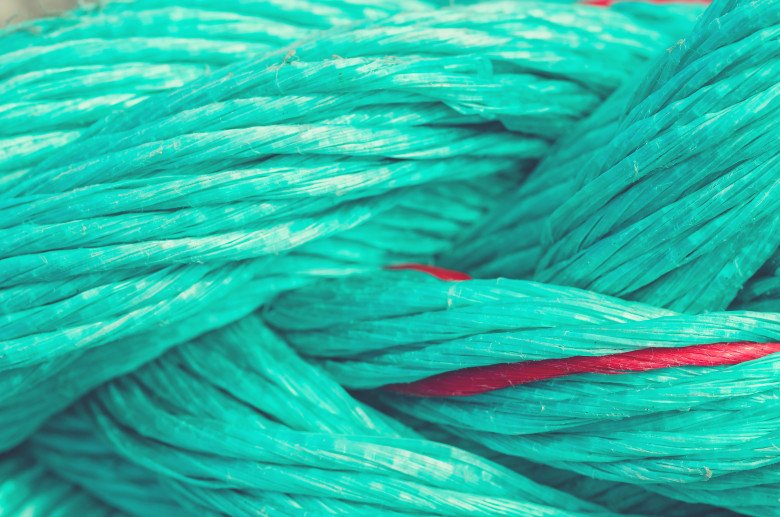
If you haven’t thought much about synthetic ropes before, join the club. A rope is a rope, right? That’s what I used to think as well.
There are a lot of different types of synthetic rope, including Vectran, Zylon, and Dyneema. But ask anyone that does some offroading. You will find that Dyneema is considered to be the top of the line or gold standard that all other ropes are judged by.
Without boring you with too much technical stuff, Dyneema is made from an Ultra High Molecular Weight Polyethylene. In the same way that trucks are measured by how much weight they can handle, Dyneema ropes are measured by different grades. They are in an easy to read number format, such as SK65, SK75, SK80, etc.
All grades are considered to be super tough. They have one drawback though.
They aren’t very heat resistant.
With a low melting point of 140 Celsius, but I doubt you intend to haul something in that type of heat.
Steel Cable vs. Synthetic Rope
I love to see real world tests of gear and equipment. This is the ultimate test. Words only mean so much until you can see something in action and see proof for yourself.
In this video the steel cable holds more weight than the synthetic. But the steel cable snaps more violently and can throw shards of steel wire in either direction. This could harm whoever or whatever is in the path.
I prefer the synthetic rope which doesn’t backlash or send any steel shards back to the driver or any onlookers.
Is synthetic winch rope better?

This is a matter of opinion and preference. But ask a group of 4X4 off-roading fans. I believe the majority of them prefer synthetic winch rope to a steel cable.
These types of ropes were introduced sometime in the 1990s. Their two main selling points were that they were lightweight and their inability to store energy. This lack of energy is what prevents synthetic rope from breaking. A rope with stored energy can turn into a projectile that can cause serious damage or even death if it breaks.
Synthetic ropes can break. When they do they can often be repaired right in the field if you know the proper way to re-braid them or to reattach the hook. This is something you can’t say about steel cable.
Synthetic rope is not perfect. Exposure to the elements, chemicals, and abrasion can cause them to become weak. These things barely make a dent in steel cables.
Most synthetic ropes are water-resistant. But they can hold water and even a tiny bit of water means that it can freeze up the line, making your winch a huge block of ice. Synthetic ropes should be washed occasionally to remove mud, dirt, and small rocks. This helps to prevent friction and degrading the quality of the rope.
Synthetic rope has far more advantages than disadvantages. This makes it the preference of many drivers.
What is synthetic winch rope made of?

There are dozens of synthetic fibers a synthetic rope can be made from.
As I mentioned earlier, Dyneema is considered to be the gold standard when speaking of winch rope. But others are made from Kevlar, the same fabric used in bulletproof vests. Vectran, Spectra, and Technora are the other names that come to mind.
The Vectran and Technora lines are super resistant to heat. But this makes them a bit stiffer and susceptible to fatigue from bending. This makes them a bit unsuitable for most off-road winches since these are repeatedly bent around the drums.
Spectra is a well-known name that is similar in makeup to the Dyneema fiber. But it is not as enduring or reliable, nor is it as tough as Dyneema.
The actual fibers used in synthetic ropes include:
- Nylon
- Polyesters
- Polypropylene
- Polyethylene
- Aramids
- Acrylics
- Rayon
- Kevlar
Some synthetic ropes use a mixture of these fibers. All have different properties with weaknesses and strengths.
Synthetic ropes are stronger than natural ropes by 20-30 percent. But natural ropes need to be much thicker to even match the smallest diameter of synthetic ropes when it comes to breaking strength.
How long will synthetic winch rope last?

A synthetic rope needs to be carefully maintained. Wash it to prevent abrasion from debris. Also cover it to prevent degradation from sunlight.
10 years is a fairly typical lifespan.
The rope might look fine after those 10 years. But you will find that most experts suggest that you retire that synthetic winch rope to prevent rope failure or breaking.
It’s impossible to see the breakdown of fibers due to exposure so it is recommended to replace the rope after 10 years. You should definitely inspect the rope regularly for signs of abrasion, fraying, or other problems to avoid breaking in the future.
Can I use a roller fairlead with a synthetic rope?
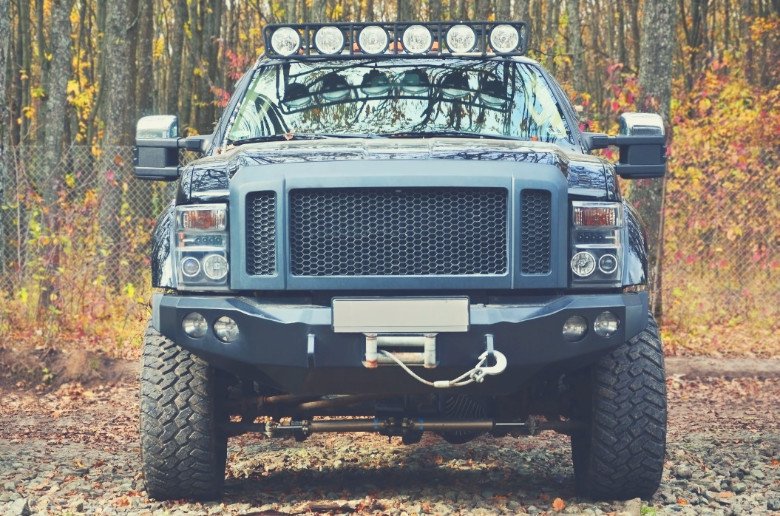
Not only can you, but you should, although you might need to change the type of fairlead you are currently using.
Steel or metal rollers on most fairleads are not compatible with synthetic rope. This will cause friction and abrasion to the rope, which will wear it out quickly.
Most synthetic rope manufacturers recommend that you use an aluminum Hawse-type of fairlead. This is best to prevent issues like the ones above. The problem with many Hawse-type fairleads is that they won’t mount on some trucks or off-road vehicle bumpers.
If you have found that the Hawse-type of fairlead won’t work for you, there are also polyurethane rollers that will work well with synthetic ropes.
Does synthetic winch rope stretch?
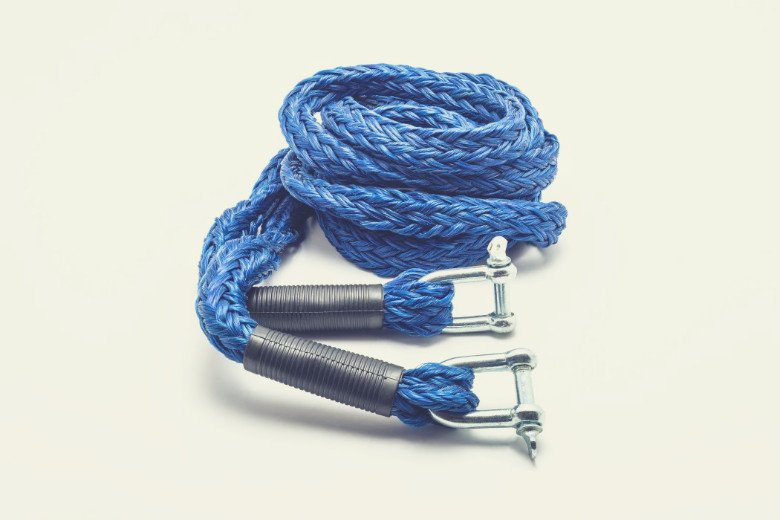
Yes, they do stretch, but not very much.
Synthetic ropes have a small amount of stretch which means that they store very little energy. This prevents them from snapping back if they should break. This alone is a huge selling point.
Synthetic winch ropes can’t kink like steel cable and don’t retain “memory.” That means that the rope pulls out in a nice straight line, not curled up in a tangled mess on the floor.
Some synthetic winch ropes are pre-stretched to prevent even a minor stretch from causing the rope to snap even a bit. But if the rope hasn’t been pre-stretched, nothing is stopping you from doing it yourself.

